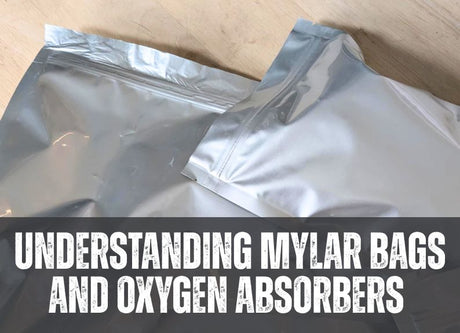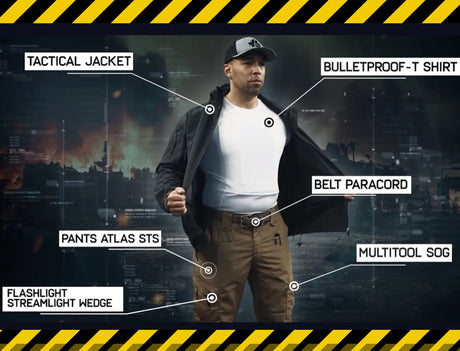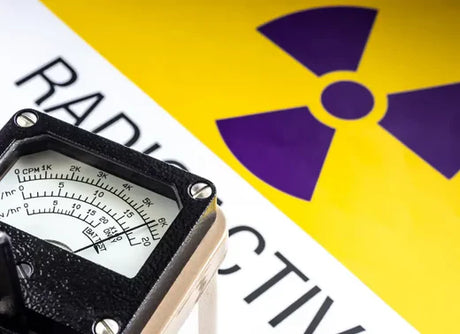An essential bushcraft skill is to be able to identify plants. Regardless of the region you live in, knowing your foliage is critical for determining the type of plant you’re dealing with and can be the difference between life and death. We’re going to give you some essential tips, but we recommend getting out in the woods with a book or app and learning about flora and fauna in your area.
5 tips for identifying plants in your area

-
Learn your region.
Whether you’re planning your bug out or are new to bushcraft skills, knowing about where you live is a critical first step. What is your growing region? What kinds of plants will be helpful for you? Many plants contain properties that can ease pain, nourish you while you’re surviving, or kill you in a matter of minutes. Knowing the difference is essential. Discovering your Hardiness Zone is the first step, whether you’re learning about plants in your area or stockpiling seeds for your bug-out.
-
Plant structures can help you identify a species.

Leaf shapes, veining, and colour can tell you a lot about the kind of plant you’re working with and can help you to know something poisonous from something edible.
The more information you have about a plant, the higher the likelihood that you will accurately identify it. Plants can be poisonous in two ways: by ingesting them or by touching them. Simple tips such as “leaves in three, let it be” can be helpful in some cases but not in others––for example, poison hemlock resembles giant parsley. Looking at the leaves can tell you a lot, but it will be most helpful if you already have some knowledge about the species in your area.
-
If you’re unsure, don’t risk it.
Dying alone in the woods is not a pretty picture. May poisonous plants and fungi can kill you before you might ever manage to seek help. Even minimal amounts can be fatal or severely harmful. If you don’t know what something is, don’t stake your life on it. Don’t eat anything you aren’t 100% sure of––common foraging mishaps happen when you aren’t sure. Can you tell the difference between a juicy Chanterelle mushroom and its toxic look-alikes such as Jack o'lanterns or the False Chanterelle?
-
Forage locally before it’s necessary for survival.
Including foraging in your food practices can help you hone the skill BEFORE you find yourself in a life-or-death survival situation. Learn about edible plants in your area and attempt to find them. Learn how they look, what they taste like, and research their benefits. Many plants are packed with essential nutrients, and many have important medical uses. A skilled prepper should have this essential bushcraft skill.
-
Berries can give you nutrients when you need them most.

Wild berries can provide essential dietary fibre, nutrients, sugar, and some water. Berries in the store are more or less the same as the ones in the wild. If you are familiar with berries in the grocery store, that’s a great way to assess the safety of something in the wild. We recommend following some simple rules for foraging berries.
- Yellow, white, and green berries are a no-go!
- Avoid red berries in clusters unless you know what you’re doing.
- Black and purple berries are almost always a safe bet, but be cautious
-
Aggregated berries, like blackberries and raspberries, are usually safe
Foraging is an essential bushcraft skill for every prepper.

We keep talking about it, like in our blog about Navigation Basics, but knowing your region should be your number one priority when preparing for emergencies and SHTF scenarios. When you are planning Where to Bug Out, you will need to collect all the relevant data for your area, such as declination coordinates, local flora and fauna, and locations of freshwater sources. Read our gear list below to make sure you have the tools to be ready for anything!
Stockpile gear list:
- A Comprehensive Guide to Wilderness and Travel Medicine Book
- Knives for Foraging
- Medical kits
- Survival Flash Cards
- Non-gmo Heirloom Vegetable Seeds
- Bug Out Rolls










